TL;DR: Read patterns doc and improve your entity detection.
The Issue
The problem with your example that you have posted here is that LUIS failing to actually detect command_paramsentity, therefore it cannot even match to your any one of those 3 patterns that you have shown.
As stated in Add common pattern template utterance formats to improve predictions:
In order for a pattern to be matched to an utterance, first the entities within the utterance have to match the entities in the template utterance. This means the entities have to have enough examples in example utterances with a high degree of prediction before patterns with entities are successful. However, the template doesn't help predict entities, only intents.
While patterns allow you to provide fewer example utterances, if the entities are not detected, the pattern does not match.
So you need to work on building out your command_params entity to make it detectable before using a pattern.
Your entity
I'm not convinced Pattern.any is the correct entity type for you to use, as it's an entity that's used for values that are of variable length--maybe they are extremely long, for example.
I don't know what type of values your entity can evaluate to, but I suspect it would probably be better to go the route of creating a simple entity + phrase list (uses machine-learning) or a list entity if the entity values are a known set (exact pattern matching), depending on your command params values.
Update: also there are regex entities as well, that may work for you. (Again, I don't know what your entity values could be, so it's hard to point exactly to the correct entity to use)
Additionally, if you need help with understanding how to improve entity detection in general, see this StackOverflow answer.



